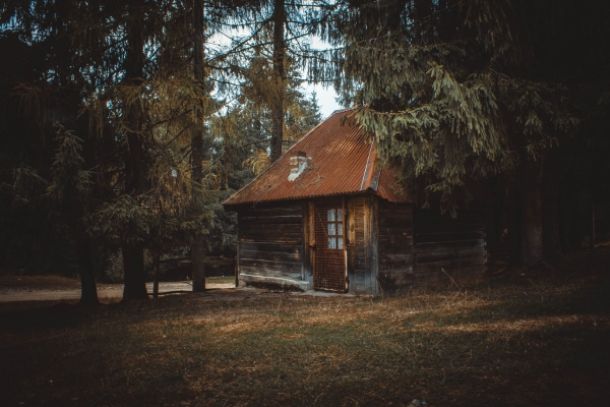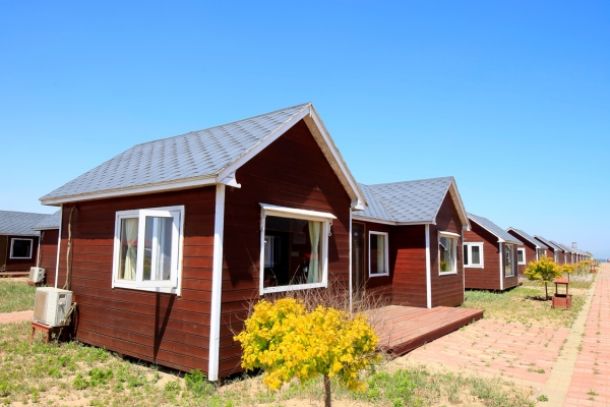A Beginner’s Guide to Building Wooden Homes
A Beginner’s Guide to Building Wooden Homes
Building a wooden home is an exciting journey, especially for those embarking on a DIY construction project for the first time. This comprehensive guide is designed to help beginners understand the fundamentals of wooden home construction. From planning and design to materials selection and finishing touches, the following article covers the essential steps to turn your dream of a wooden house into reality.
Introduction
The appeal of wooden homes lies in their natural aesthetic, sustainable attributes, and the hands-on satisfaction that comes with self-building. For beginners, the process may seem daunting, but with careful planning, the right resources, and patience, building your own wooden house can be a rewarding adventure. This guide will walk you through the key stages of the project, ensuring you’re well-prepared to overcome common challenges.
Planning and Design
Before picking up a hammer, it is crucial to develop a clear plan. Start by outlining your needs and desires for the home. Consider the number of rooms, the layout, and any special features you want to include. Sketch out rough blueprints or consult with a designer if necessary. A well-thought-out plan not only keeps you organized but also helps in identifying potential issues early on.
Location and site selection are critical. Evaluate factors such as soil quality, drainage, accessibility, and proximity to utilities. An ideal site for a wooden house should have a stable foundation and minimal risk of moisture damage. Once the site is finalized, obtain any necessary permits and ensure your project complies with local building codes.
Budgeting and Material Selection
Budgeting is a fundamental step in any construction project. Define your budget early and include all possible costs: materials, tools, permits, and any professional help you might require. Wooden homes can be cost-effective, but unexpected expenses may arise, so it’s wise to have a contingency fund.
Selecting the right materials is equally important. Wood types vary widely in durability, cost, and maintenance needs. Common choices include cedar, pine, and oak, each offering distinct characteristics. Cedar, for instance, is naturally resistant to decay and pests, making it an excellent choice for exterior elements. Consider sustainability as well—using reclaimed wood or certified sustainable timber can enhance your home’s eco-friendly appeal.
Foundation and Framing
The foundation is the backbone of your wooden home. Depending on your location and soil conditions, you might opt for a concrete slab, crawl space, or pier and beam foundation. Proper site preparation and foundation work ensure the stability and longevity of your house.
Once the foundation is set, framing becomes the next critical step. Wooden framing requires precision and attention to detail. Use treated lumber for the frame to resist moisture and insect damage. It’s advisable to double-check measurements and ensure that the structure is square and level. This stage often requires collaboration if you are working with a partner or a small team, so clear communication and safety practices are essential.
Insulation, Roofing, and Windows
After the basic structure is in place, the next phase is insulating the home. Wood naturally provides some insulation, but additional materials like fiberglass or foam insulation can significantly enhance energy efficiency. Proper insulation not only improves comfort but also reduces energy costs over time.
Roofing is another critical element. Wooden homes traditionally feature pitched roofs, which are both aesthetically pleasing and functional for shedding rain and snow. Choose roofing materials that complement your wooden structure. Options range from traditional wooden shingles to modern metal roofing systems. Similarly, selecting windows that are energy efficient and appropriate for your design ensures that your wooden home is both beautiful and functional.
Finishing Touches and Maintenance
The final phase of construction involves the finishing touches that bring your wooden home to life. Exterior treatments such as stains, sealants, or paints not only enhance the aesthetic appeal but also protect the wood from the elements. Interior finishes, including flooring, cabinetry, and fixtures, should reflect your personal style and the natural warmth of wood.
Building a wooden home is not a one-time project but a long-term investment. Regular maintenance is crucial. Inspect your home periodically for signs of wear, moisture damage, or pest infestation. Simple tasks like resealing exposed wood and cleaning gutters can prevent more significant issues in the future.
Tips for Success
- Start Small: If you’re a first-time builder, consider starting with a modest project to build your skills and confidence before moving on to larger, more complex designs.
- Educate Yourself: Invest time in learning about construction techniques, either through workshops, online courses, or by consulting with experienced builders.
- Plan Thoroughly: A detailed plan minimizes surprises and helps keep the project on track.
- Safety First: Always use proper protective gear and adhere to safety protocols during construction.
- Embrace Flexibility: Be prepared for unexpected challenges and adjust your plan accordingly.
Conclusion
Building a wooden home from scratch is a fulfilling endeavor that combines creativity, practicality, and sustainability. By following this beginner’s guide, you can navigate the complexities of DIY construction with greater confidence and clarity. Remember, each step—from planning and material selection to finishing and maintenance—is an integral part of creating a lasting and beautiful home that reflects your personal vision.


